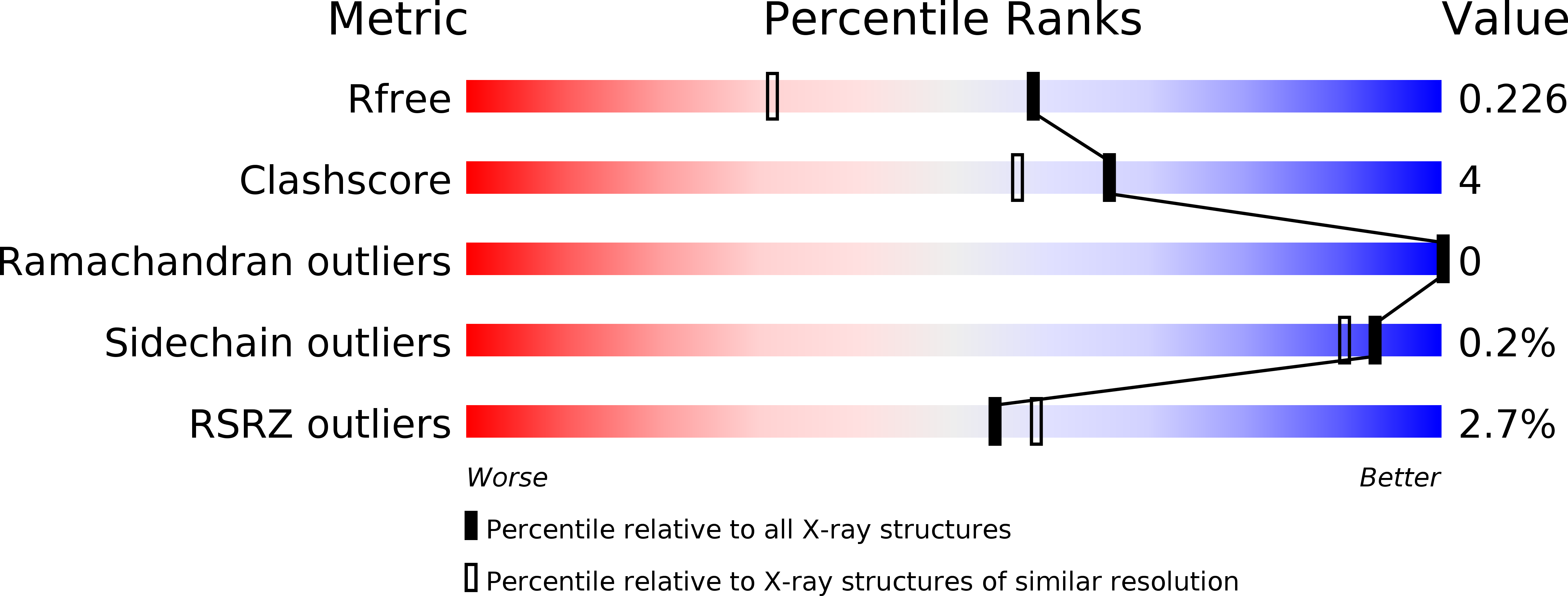
Deposition Date
2018-01-15
Release Date
2018-09-12
Last Version Date
2024-11-20
Entry Detail
PDB ID:
6FHP
Keywords:
Title:
DAIP in complex with a C-terminal fragment of thermolysin
Biological Source:
Source Organism:
Streptomyces mobaraensis (Taxon ID: 35621)
Geobacillus stearothermophilus (Taxon ID: 1422)
Geobacillus stearothermophilus (Taxon ID: 1422)
Host Organism:
Method Details:
Experimental Method:
Resolution:
1.70 Å
R-Value Free:
0.22
R-Value Work:
0.18
R-Value Observed:
0.18
Space Group:
P 1 21 1


